Last updated on November 2nd, 2023
Featured image: A collared elephant who is a part of our recent research into male movements through human-inhabited landscapes | Photo by ©Amboseli Trust for Elephants
One of the first women to document elephant behaviour
By Rupi Mangat, Contributor, Women in Africa
Amboseli National Park on the foothills of Kilimanjaro, the world’s tallest stand-alone mountain that’s capped in snow, is elephant country. The park in south-eastern Kenya has been the home of Dr. Cynthia Moss who has been studying the free-ranging elephants of Amboseli since 1972. That was 50 years ago and she hasn’t stopped. Now in her 80s, the eminent elephant researcher is still busy at research and mentoring the younger generation in elephant research.
On any given day, she drives herself in her sturdy Land Rover in the greater Amboseli beyond the park following the…no need to guess…elephants, all of which are known individually. I recently met her at her research center in the park and in an hour learned a whole load about the world’s largest mega-herbivore.
Cynthia is the founder of Amboseli Trust for Elephants and the best-selling author of Elephant Memories.
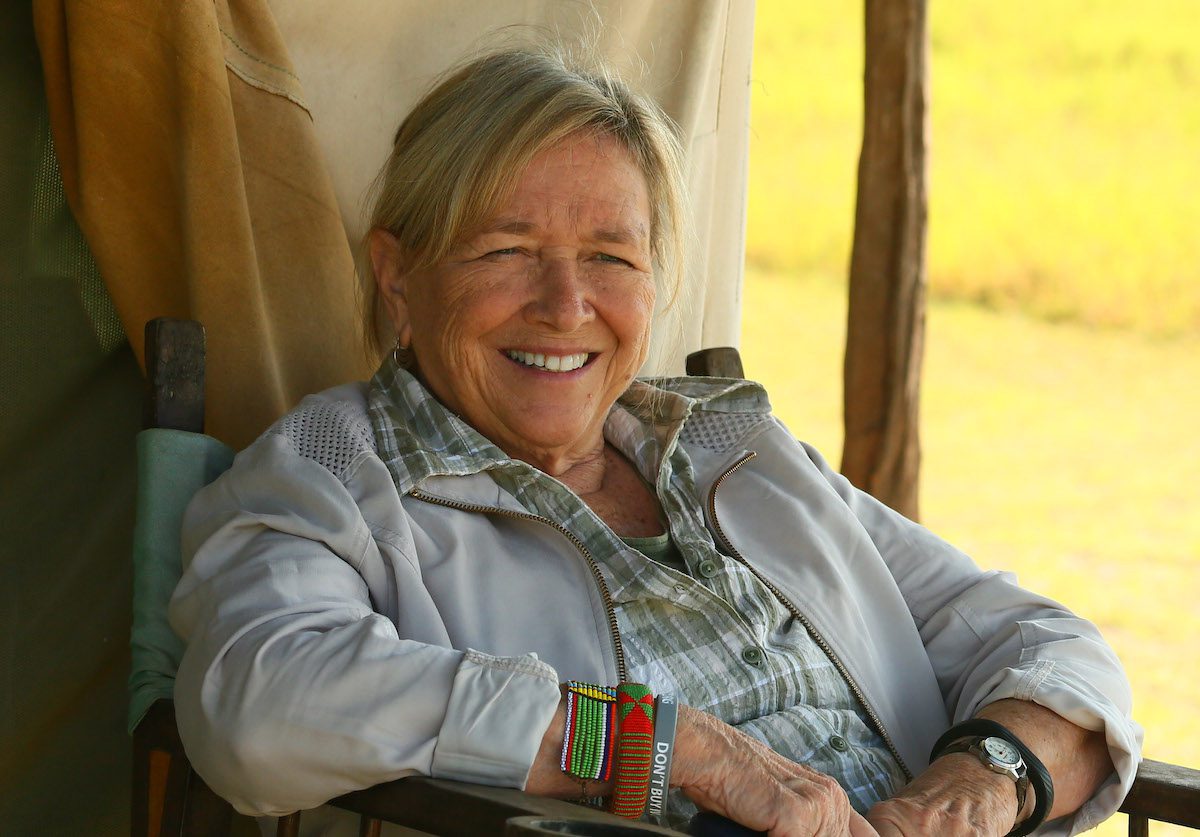
Dr. Cynthia Moss / Photo by ©Amboseli Trust for Elephants
A Q&A With Dr. Cynthia Moss of Amboseli National Park
Q: Cynthia how do you keep your youthful look?
Cynthia: I guess it’s the elephants.
Q: Give us a little background to the elephants of Amboseli National Park.
Cynthia: The elephants of Amboseli are the longest-studied free-ranging elephants in the world.
Q: Has 2022 been challenging for Amboseli’s elephants?
After four years of good rainfall, the rains failed in 2022, causing a very serious drought. Although there is always fresh, clean water in Amboseli, rainfall is needed to grow vegetation. There is not enough food for the animals.
Q: 2020 was a special year for elephants?
Cynthia: Yes. Elephants have a baby boom from time to time. Prior to this, there was a baby boom in 2012 when 201 births were recorded. In 2020, we recorded 251. In 2019 there were only 19 births recorded.
Q: Why such a high number of births in 2020?
Cynthia:
It is because of rainfall patterns. 2017 was a drought and calves died and females stopped cycling. Then in 2018 and 2019 there was good rain with resulting abundant vegetation and the elephants got into excellent condition for conceiving.
Then there was more rain in 2019 between October and March 2020. Twenty-two months later the elephants gave birth. And this time we have had two sets of twins, something that is very rare. The first time elephant twins were recorded in Amboseli was in 1980. Thirty-eight years later we have recorded the second set and then the third set.
Note: Amboseli is from the Maasai word empusel for salty dust. It’s a jigsaw of bare salt pans, grass plains, acacia woodland and the perennial swamps fed by the snows of Kilimanjaro that the animals thrive on.
Q: What’s the situation now?
Cynthia: The current long drought is taking its toll. At least 200 elephants have died in this current drought, mostly calves.
In the drought of 2009 and 2010, 400 elephants died. Also during drought the females may stop breeding and some lose their babies
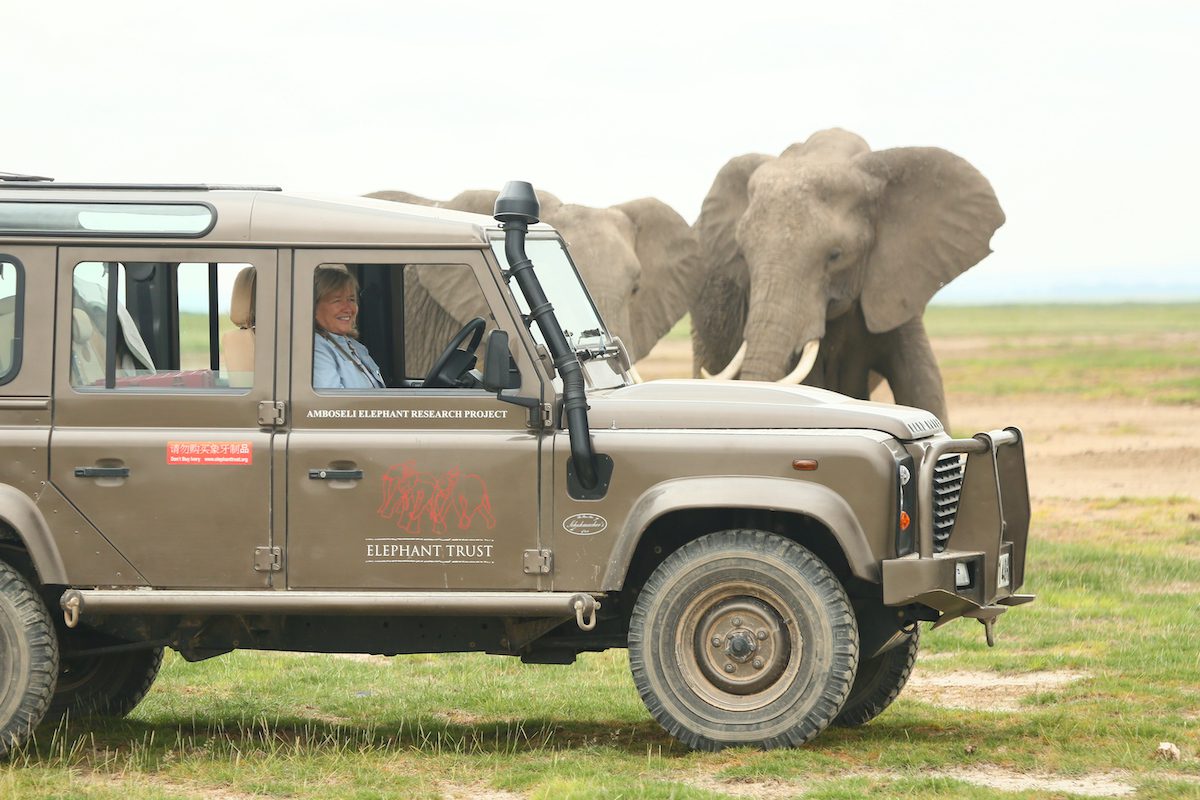
Dr Cynthia Moss in the field with elephants / Photo by ©Amboseli Trust for Elephants
Q: How many elephants are we talking about?
Cynthia: At any one time there are no more than 700 elephants in the park which is only 392 square kilometres. But the larger Amboseli that is over 3,500 square kilometres is home to 1800 elephants.
Q: How do they survive outside the national park?
Cynthia: The elephants have been able to coexist with the Maasai for as long as we know they’ve both been here. They believe that elephants are the only animals with a soul.
Q: Some exciting things you were the first to document about African elephants?
Cynthia: Musth: The term comes from India, but they did not know what it was about. They thought it was a pathological condition. It was not until 1981 when Joyce Poole (also an elephant researcher) and I discovered that it was a natural phenomenon brought on by increased testosterone levels that it began to be understood. Musth convers dominance advantage to males and it makes them attractive to females.
In Hindi the Indian language, ‘musth’ takes different connotations like boisterous, happy, frivolous and mischievous.
Q: And now?
Cynthia: We are now following elephant males from the age of 10 or 11 years. It’s when the young males leave the family and we lose contact with them. We don’t know what they are doing until they are 30 years old and return to mate. It’s a lost gap.
Q: Oh…tell us more about that?
Cynthia: Eight young males have been fitted with satellite collars. One of them is Tim’s great nephew and named Lenku after the governor of Kajiado.
Note: Tim was one of Moss’s favourites. Aged 51 he died of natural causes in March 2020. “He was a true gentleman,” recalls Moss. Tim was one of Africa’s last and largest ‘tuskers’, each weighing well over 50 kilogrames each. We’re hoping that Tim will be placed in a Maasai Heritage Museum outside of Amboseli. The community is working on that.
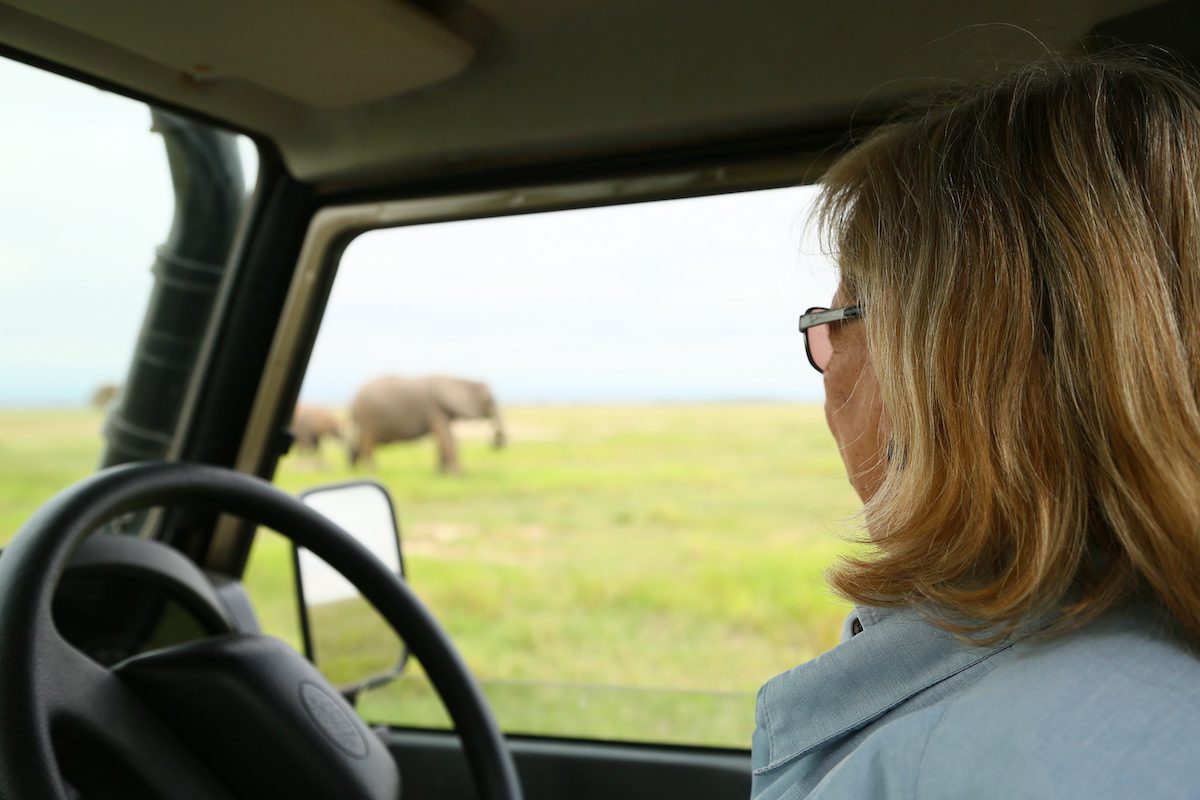
Cynthia observing elephants from the research car / Photo by ©Amboseli Trust for Elephants
Q: Why is this gap year important to know?
Cynthia: The period from when they leave their families until they start competing for females is very important for learning not only where to go for the best food and watering places but also how to be an adult male elephant. The movement patterns from the satellite collars will help us map areas that need to be protected out in the dispersal areas and for the cross-border elephants. They are going much further than we knew, three of them to the other side of Kilimanjaro. One of those is now halfway to Arusha in neighbouring Tanzania.
Rupi: Thank you so much for the ele-education, Cynthia.
An Ear for Elephants
If you want to learn more about the elephants of Amboseli by Cynthia at her research centre, contact her via the web here.
If you or your group would like a lecture by her or one of her colleagues in Amboseli National Park, it’s US$ 90 per person. Your money goes into supporting the amazing work of Amboseli Trust for Elephants.
How to get to Amboseli National Park
Travel solo or not, Amboseli is an easy destination from Nairobi, Kenya’s capital city. A 45-minute flight will have you in the heart of Amboseli that’s big game country, a tapestry of palm and acacia woodland, grass savanna, salt pans and the famous swamps fed by the melting snows of Kilimanjaro.
Amboseli’s lodges
Ol Tukai. Distance from Nairobi is 250 kms and driving time is about five hours depending on traffic.
Read More on Africa
JourneyWoman Webinar Series: Less-Travelled Africa for Women With Experts
Join our April 23 webinar to learn more about where to go in Africa, featured on our “30 Less-Travelled Places for Women to Travel in 2024.”
10 Books to Inspire Travel to South Africa
In preparation for JourneyWoman’s 30th Anniversary expedition trip in November 2024, we’ve curated 10 books about South Africa for curious travellers.
Confessions of a Wannabe Aurora Chaser: The Myths and Magic of the Northern Lights in Norway
Meet Hurtigruten’s Chief Aurora Chaser, Tom Kerss, who teaches wannabe aurora chasers how to experience the Northern Lights in Norway.

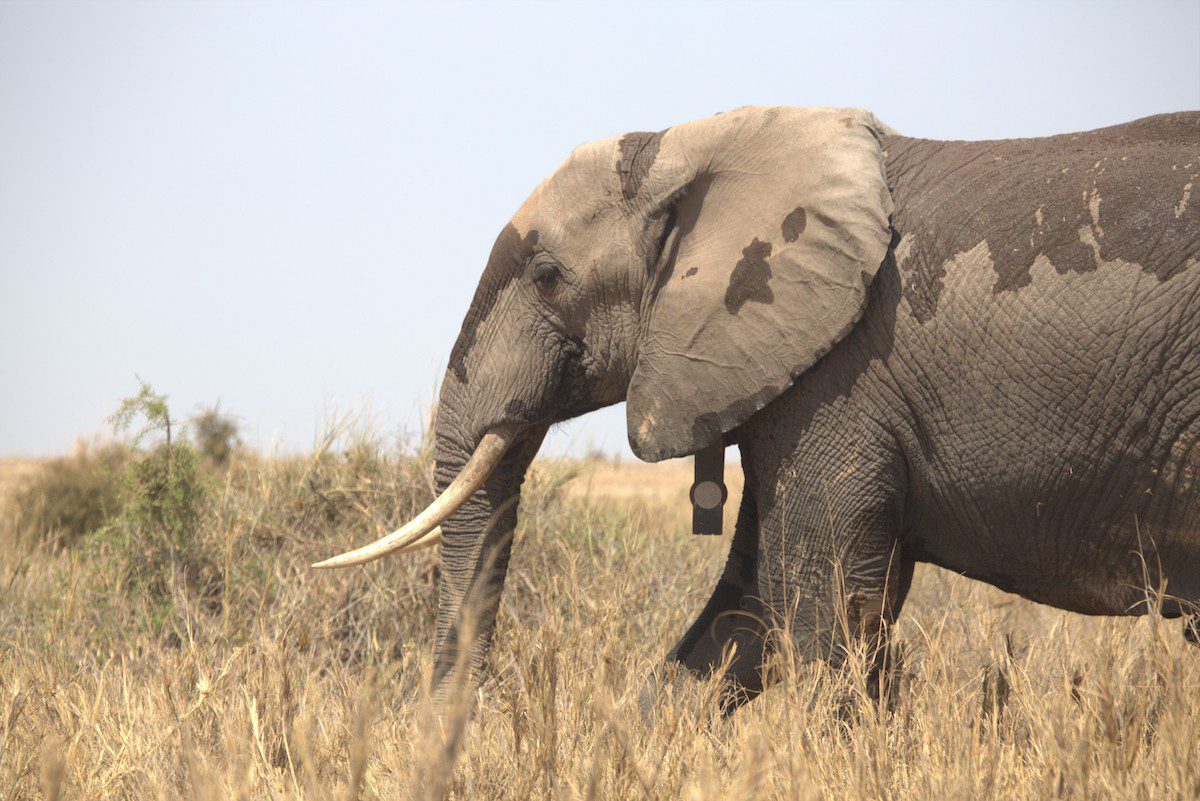

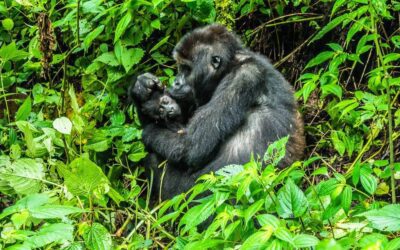

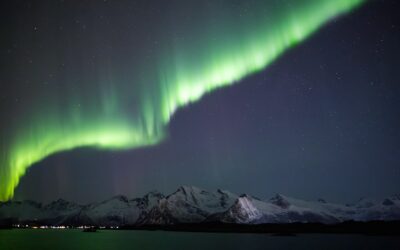
Keep up the good work